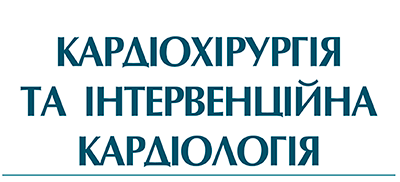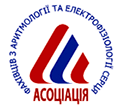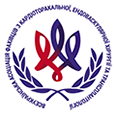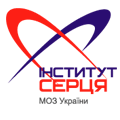Reviews
DOI:http://doi.org/10.31928/2305-3127-2023.3-4.5363
Significance of nuclear medicine methods for diagnosis and predicting the course of renal transplantation complications
M.V. Satyr
I.V. Noverko
T.I. Pantus
M.S. Zagriichuk
Heart Institute of the Ministry of Health of Ukraine, Kyiv, Ukraine
Renal transplantation is a replacement-based therapeutic method in end-stage kidney failure.It is based on the interdisciplinary collaboration between scientists and clinicians, which match together the achievements of surgery, immunology, and radiation diagnostics. After transplantation the complications appear, which can be associated with status of the graft, the immunological factors of compatibility between the donor and the recipient, the surgical intervention. Early diagnosis and forehanded treatment of such complications is important, as it helps to evaluate and predict the functionality of the graft.
In this article we discuss the complications after kidney transplantation: the reasons of their occurrence, pathogenesis, clinical features, and radiation imaging signs. The opportunities of the radiology methods for the differential diagnostics of complications which appear before, during or after the surgery, are shown.
We pay the main attention to the nuclear medicine methods, especially the dynamic renal scintigraphy (DRSG) as a method for the evaluation of graft functionality. This is a safe, accessible and non-invasive method for evaluation the quantitative and qualitative parameters of kidney function. DRSG consequently characterizes the perfusion, the extraction and the excretion in the studied organ. We display the standard DRSG protocols using [99mTc] Tc-MAG3 and [99mTc] Tc-DTPA radiopharmaceuticals. We analyze investigations of kinetic perfusion and parenchymal DRSG parameters and their importance for differential diagnosis of complications, prognosis on delayed and slow graft function, short-term and long-term graft functionality assessment. We make an accent on the prognostic importance of the dynamic changes visible on DRSG.
We discuss the perspectives of further development of scintigraphic methods for the assessment of kidney grafts. It is related to the implementation of high-quality 3-dimentional visualization, newest radiopharmaceuticals. We conclude the importance of the nuclear medicine as an element of multidisciplinary approach in transplantology.
Key words: complications of kidney transplantation, dynamic renal scintigraphy, kinetic perfusion and parenchymal functional parameters
| [PDF] | [References] |








